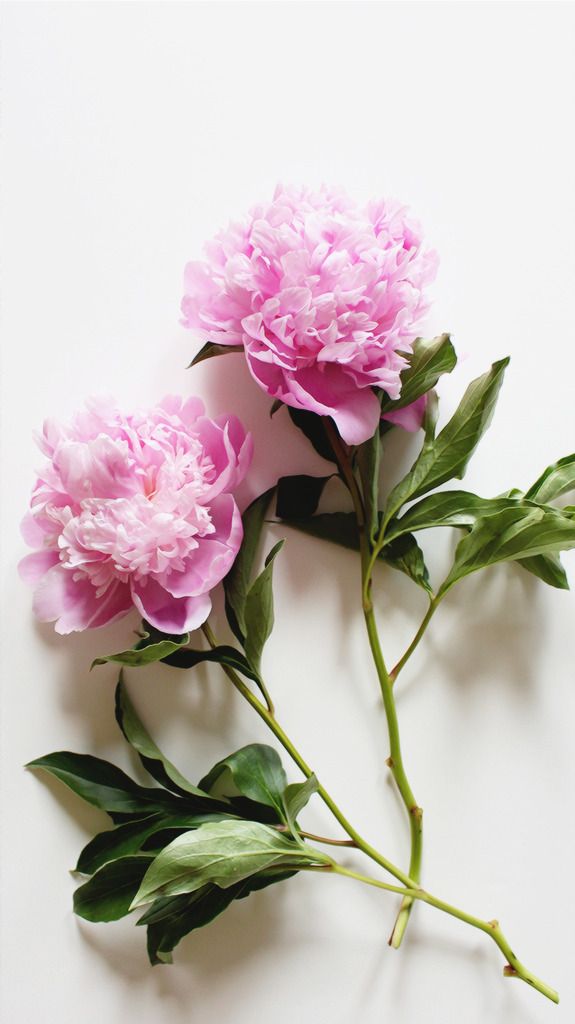Peonies, with their luxurious blooms and lush foliage, can serve as valuable additions to pollinator-friendly gardens, attracting a diverse array of bees, butterflies, and other beneficial insects. By incorporating peonies into your garden design and selecting companion plants that support pollinators throughout the growing season, you can create a vibrant and biodiverse ecosystem that thrives with beauty and life. In this guide, we’ll explore how to integrate peonies into pollinator-friendly gardens, promoting biodiversity while enhancing the aesthetic appeal of your outdoor space.









Benefits of Peonies for Pollinators
1. Abundant Blooms
- Nectar Source: Peony flowers produce abundant nectar, attracting bees, butterflies, and other pollinators seeking food sources.
- Extended Bloom Period: Selecting early, mid, and late-flowering peony varieties ensures a continuous supply of nectar and pollen throughout the growing season.
2. Rich Foliage
- Habitat and Shelter: Peony foliage provides habitat and shelter for pollinators, offering refuge from predators and adverse weather conditions.
- Overwintering Sites: The dense foliage of peonies can serve as overwintering sites for beneficial insects, contributing to their survival and population growth.
Designing a Pollinator-Friendly Garden with Peonies
1. Plant Selection
- Native Species: Choose native or non-invasive plant species as companions to peonies, prioritizing those with nectar-rich flowers and pollen-producing blooms.
- Seasonal Diversity: Include a variety of flowering plants that bloom at different times of the year, providing pollinators with a continuous food source from early spring to late fall.
2. Garden Layout
- Group Plantings: Cluster peonies and companion plants together in drifts or groups to create focal points and maximize pollinator attraction.
- Layered Plantings: Utilize vertical space by incorporating tall, medium, and low-growing plants to accommodate pollinators with diverse foraging preferences.
3. Maintenance Practices
- Avoid Chemicals: Minimize or eliminate the use of pesticides and herbicides in the garden to protect pollinators from harm and preserve biodiversity.
- Mulch Mindfully: Use organic mulches and avoid excessive mulching around the base of peonies to provide nesting sites and access to the soil for ground-nesting bees.
Companion Plants for Peonies
1. Early Bloomers
- Spring Bulbs: Plant bulbs such as crocuses, snowdrops, and grape hyacinths to provide early-season nectar and pollen for emerging pollinators.
2. Mid-Season Favorites
- Perennial Herbs: Include flowering herbs like lavender, catmint, and sage to attract bees and butterflies while adding fragrance and culinary value to the garden.
3. Late Bloomers
- Fall-Blooming Perennials: Select late-season bloomers such as asters, sedums, and goldenrods to sustain pollinators as they prepare for winter dormancy.
Conclusion
By integrating peonies into pollinator-friendly gardens and selecting companion plants that provide nectar, pollen, and habitat for beneficial insects, gardeners can create thriving ecosystems that support biodiversity and enhance the beauty of their outdoor spaces. With thoughtful planning and maintenance practices, peony gardens can become vibrant hubs of activity, teeming with life and color throughout the seasons.